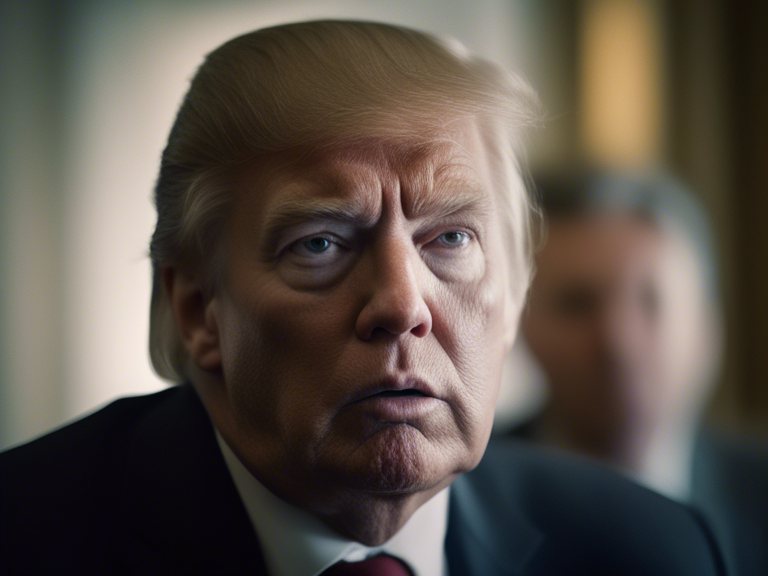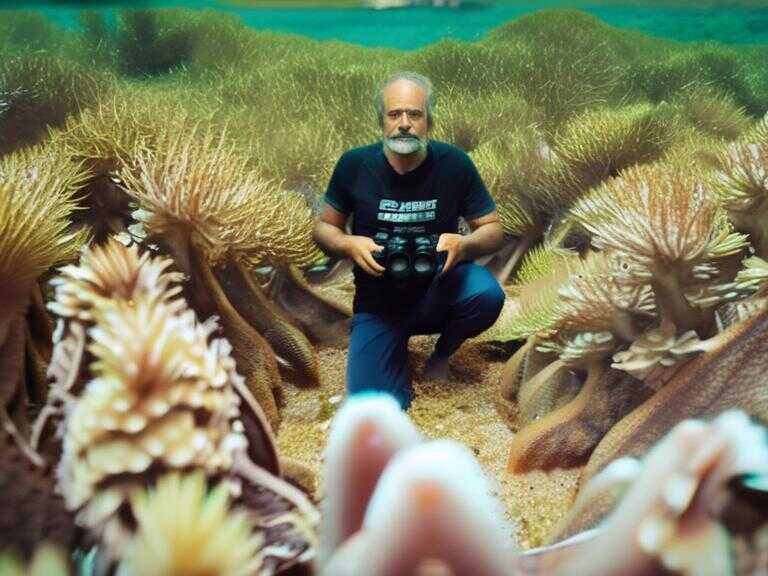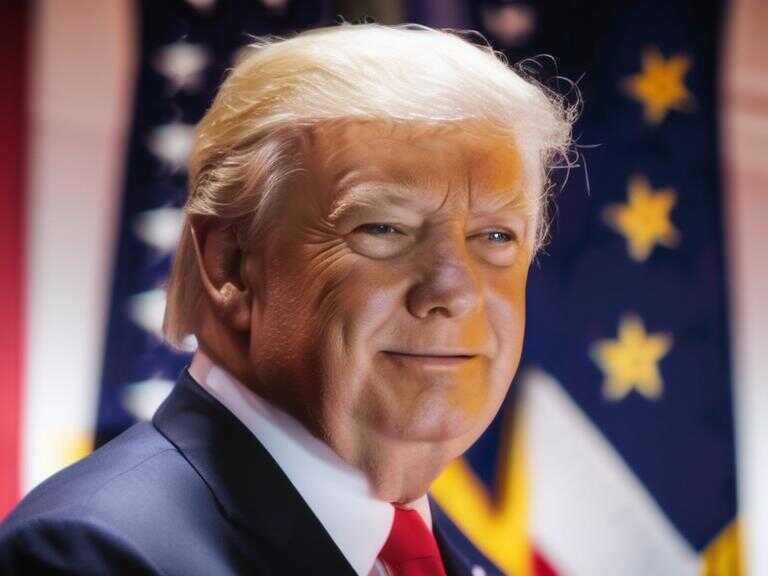
Two Giant Pandas Arrive in Washington, D.C. Amid Excitement at National Zoo
Two giant pandas, Bao Li and Qing Bao, are arriving in Washington from China, marking their return to the National Zoo.

On a momentous day, two extraordinary giant pandas embarked on an epic journey from China to Washington, D.C., marking a significant wildlife exchange. Less than a year after the National Zoo bid farewell to its resident pandas on loan from China, the arrival of the new pandas, Bao Li and Qing Bao, has reignited excitement among wildlife enthusiasts.
A Journey Across Continents
The majestic pandas set out from Chengdu and are scheduled to make a pit stop in Anchorage before continuing their voyage to Dulles International Airport. According to the flight tracker FlightAware, the bears are expected to touch down in Anchorage just before 10 p.m. local time. Following their brief layover, they will head to Dulles, with an anticipated landing around 9:55 a.m. ET on Tuesday.
The National Zoo shared the news with palpable enthusiasm on social media, exclaiming, "Something giant is coming to Washington, D.C. via the @FedEx Panda Express." In anticipation of the pandas' arrival, the zoo announced that it would be closed to the public, emphasizing the importance of the pandas' safety and well-being.
Diplomatic Ties Through Pandas
China has a long history of using pandas as a means to strengthen diplomatic relations, a practice known as panda diplomacy. The National Zoo first welcomed pandas from China in 1972, following President Richard Nixon's historic visit to open diplomatic and trade relations between the two nations. Since then, paws have bridged cultures and fostered connections between nations.
In 2000, the National Zoo received a new pair of pandas, Mei Xiang and Tian Tian, as part of an agreement with the China Wildlife and Conservation Association. Initially meant to stay for 10 years, the agreement was extended multiple times, underscoring the enduring bond between the pandas and their American caretakers. In 2020, the beloved duo welcomed a cub, Xiao Qi Ji, who eventually made his way back to China in November of last year.
Now, the arrival of Bao Li and Qing Bao breathes new life into the National Zoo's panda program. Bao Li, a 2-year-old male, hails from Sichuan and has familial ties to the United States, making his journey all the more special. His mother was born at the National Zoo and Conservation Biology Institute in 2013, and his grandparents, Mei Xiang and Tian Tian, proudly resided there from 2000 to 2023.
A Warm Welcome for the Pandas
Qing Bao, the female panda, is also 2 years old, and together with Bao Li, they are poised to grace the National Zoo with their enchanting presence. However, before the public gets a glimpse of these charismatic bears, they must undergo a crucial quarantine period upon their arrival. The quarantine, lasting at least 30 days, is a precautionary measure implemented by the zoo to mitigate the risk of introducing parasites or diseases to other animals.
Following the quarantine, the pandas will be given additional time to acclimate to their new environment before making their public debut. The exact date of their debut has yet to be announced, but the Smithsonian Zoo has assured that it will be revealed "as soon as the animal care team feels the bears are ready to meet visitors."
Conservation Significance
The giant panda is currently listed as vulnerable on the International Union for Conservation of Nature Red List, underscoring the importance of their conservation. The National Zoo, in addition to housing giant pandas, also provides a home for red pandas, further contributing to global wildlife preservation efforts.
Anticipating the Arrival
The excitement surrounding the arrival of Bao Li and Qing Bao is palpable among wildlife enthusiasts and the local community. These magnificent creatures not only represent a beloved symbol of conservation but also serve as ambassadors for their endangered species.
As the world eagerly awaits their arrival, it is a poignant reminder of the significance of wildlife exchange programs in fostering international collaboration for the preservation of endangered species.
Share news















